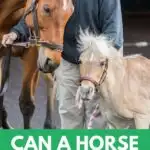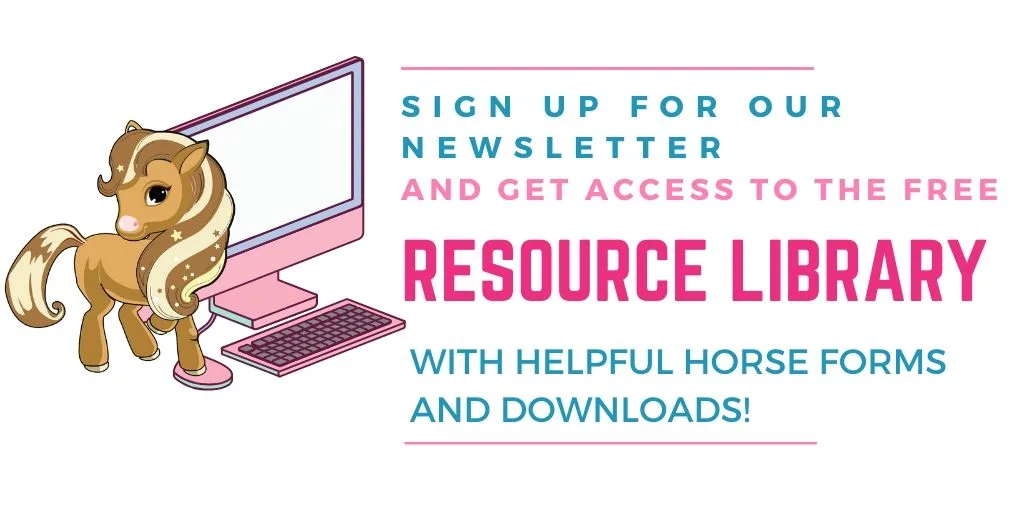You might be surprised to learn that horses can, and do, reproduce with members of other equine species (such as donkeys or zebras). Most of the time, the result is a mule – a cross between a horse and a donkey.
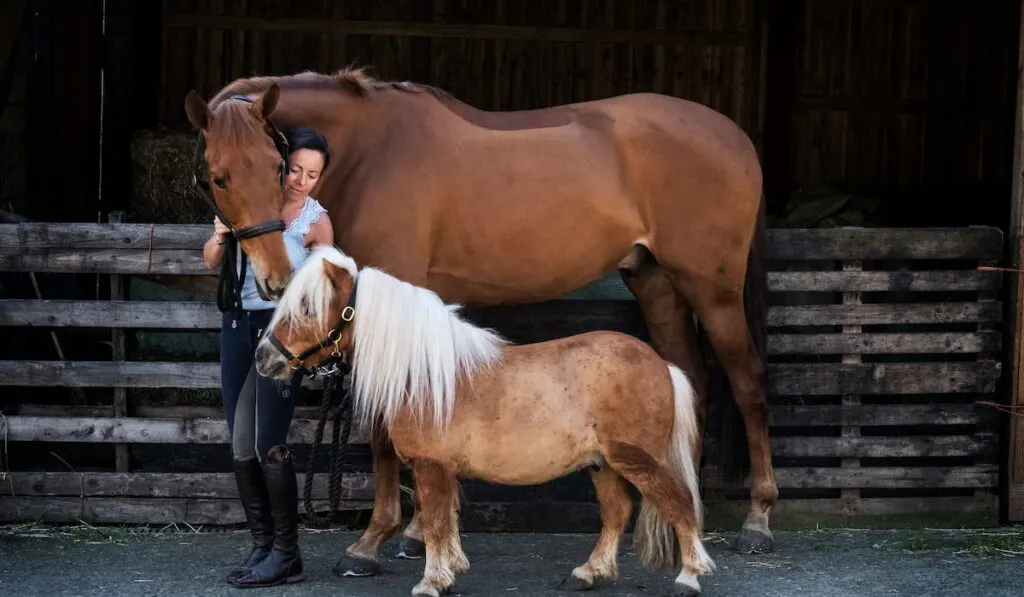
But what happens when a horse mates with a pony? Keep reading to find out what happens when a horse and pony reproduce.
Can a horse and pony mate? Horses and ponies can reproduce and make adorable little horse or pony-sized babies. However, breeding horses that have significant size differences is usually avoided by responsible breeders.
Table of Contents
Species to Species
Horses and ponies come from the same species, Equus ferus caballus. These domesticated equines have been strategically bred for thousands of years to serve different purposes for humans.
Over time, horses and ponies deviated into different breeds, each with their own specific characteristics. For example, large draft horses were bred to pull large agricultural equipment, and small ponies were bred to work in claustrophobic coal mines.
Even though they are all from the same species, today’s modern horses and ponies can look quite different from one another in size and type.
Horses and ponies may look similar, but they are different
At a very basic level, a pony is a small horse (usually less than 14.2 hands or 57 inches tall at the withers). Ponies will reach a smaller maximum height as adults than horses, and they tend to have different phenotypes as well:
- Horse – Usually taller than 14.3 hands, relatively long legs, lighter bones, thinner mane and tail, thinner coat, longer head and larger ears, and requires more food for sustenance.
- Pony – Under 14.3 hands, stocky body, dense bones, round shape, heavier coat, thicker mane and tail, shorter legs, short head with large eyes and small ears, hardy, and requires less food to survive.
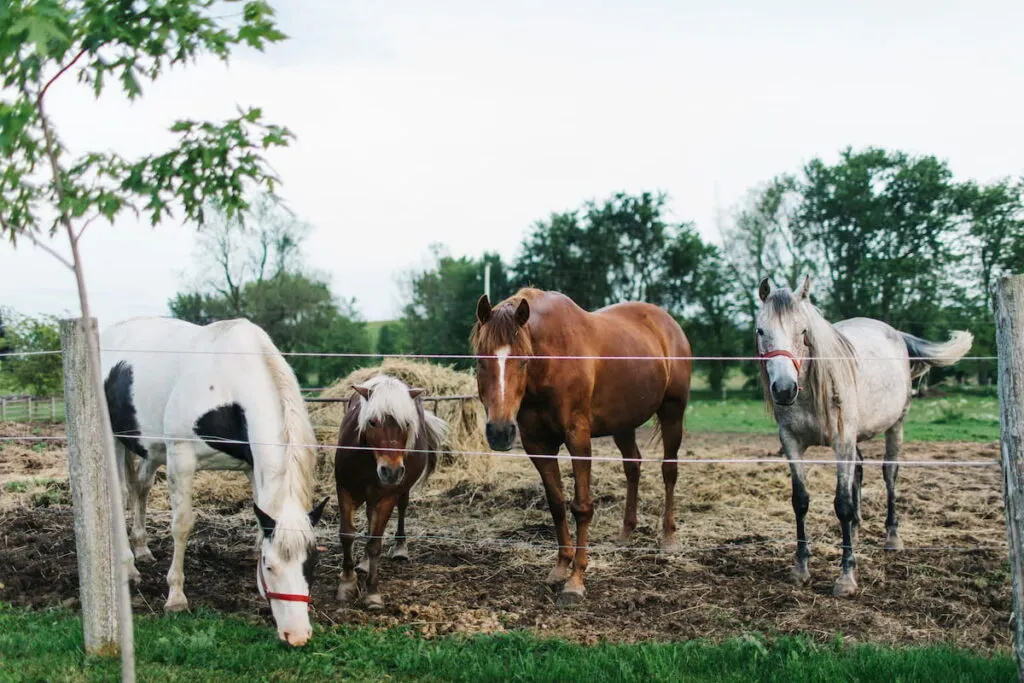
There are many exceptions to these rules, especially in breeds consisting of naturally smaller individuals (such as the Arabian). Height doesn’t matter in these breeds so much as the phenotypical elements, and even the smallest pony-sized equines are considered horses.
Breeding Horses for Size
Many of our modern horse and pony breeds developed as a result of climate. When an area offers little food, the animals living there must stay small to survive.
Many of the wild horses in the US are pony-sized but retain a horse-like appearance, as they are descended from Spanish horses brought to the Americas hundreds of years ago.
People strategically breed horses for size, temperament, or color.
Wild horses will mate with each other as their biology dictates, and domesticated horses will mate in a pasture if left to their own devices.
Should an intact male pony be left in a field with a horse mare, the result could be a funny looking horse-pony hybrid. However, these couplings should be avoided whenever possible, as they can be hazardous to the stallion, mare, and resulting foal.
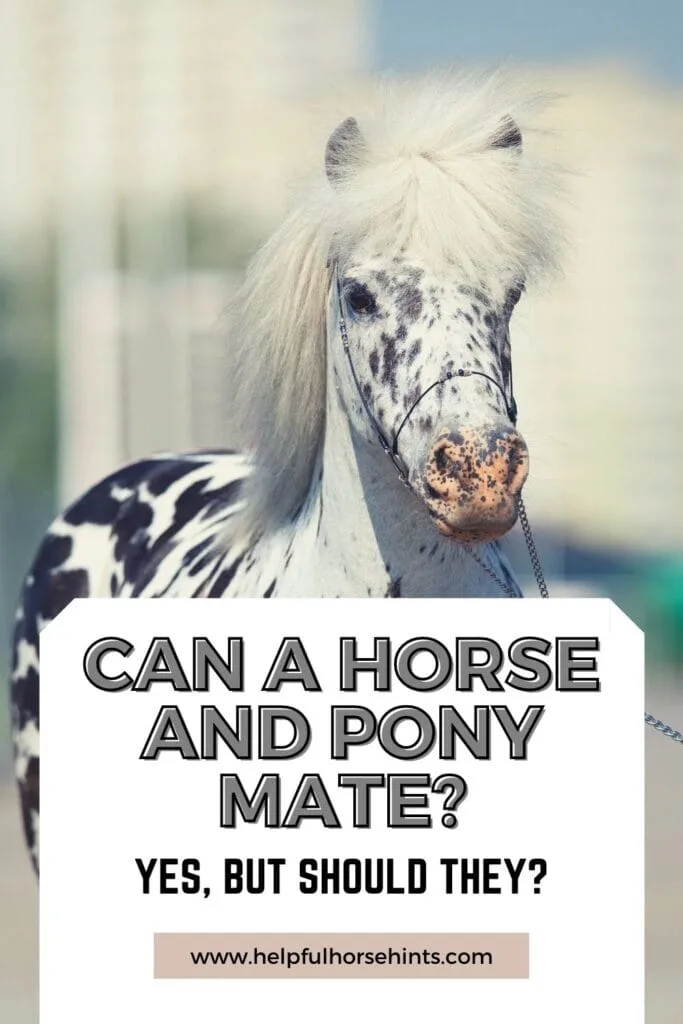
Equine Genetics and Size
While we have thousands of years of experience in equine genetics, horse breeding is always a bit of a gamble with some elements of uncertainty. We usually have some idea as to how big a foal may get, but there are never any guarantees.
Some scientific studies suggest the size of the mare’s uterus dictates the size of the foal, but most horse breeders stay away from breeding animals too disparate in size – just in case.
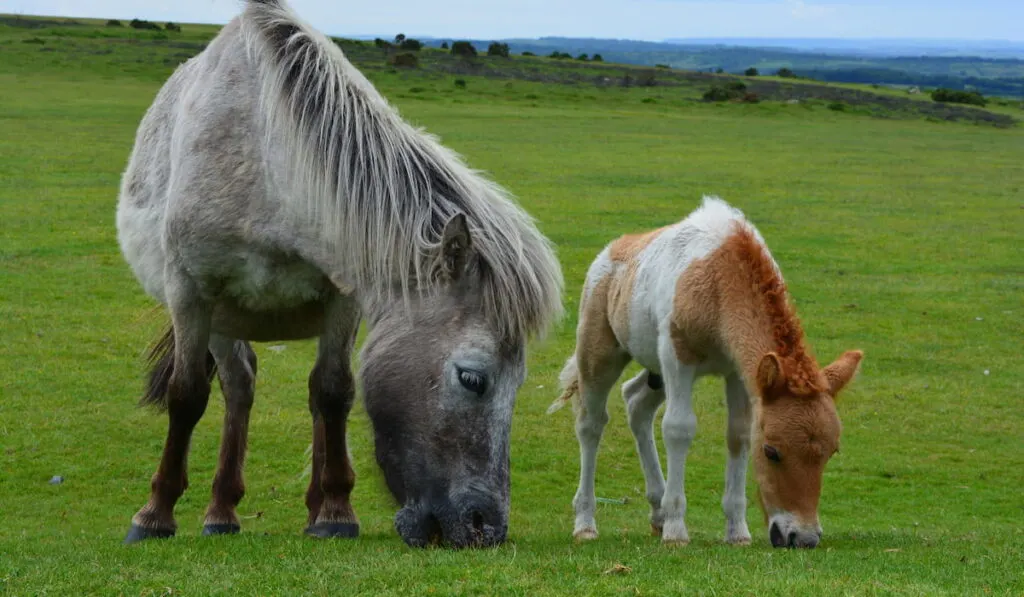
If pregnancy occurs and a foal is too large for the mare to deliver safely, he may get stuck or crushed in the birth canal. And, if there are no experienced humans around to help during a difficult birth, both the foal and the mare may be lost.
It can also be physically dangerous for a large stallion to breed with a small mare, especially if she tries to rebuke a stallion’s advances (source). And, should a small stallion find himself on the receiving end of a large mare’s rebuffs, it could be disastrous for him too.
In this case (should a pregnancy occur uneventfully), a tiny baby in a huge womb may not grow to the appropriate size. Foals grow with their legs folded beneath them, and too much room can mean their legs don’t fold properly. Undersized foals can be born with serious health problems – so severe that they need to be euthanized. (source)
Complications can happen at birth regardless of the size of the parents. Most breeders are not so unscrupulous as to breed mismatched animals, as this would be pointless and potentially dangerous.
Breeding for Conformation
Size is hardly the only consideration when it comes to horse breeding. A horse or pony’s conformation, or how his body is put together, is important when considering what his intended purpose will be.
A horse with poor or awkward conformation may end up with severe health problems, or he just may not be very useful to his human owners.
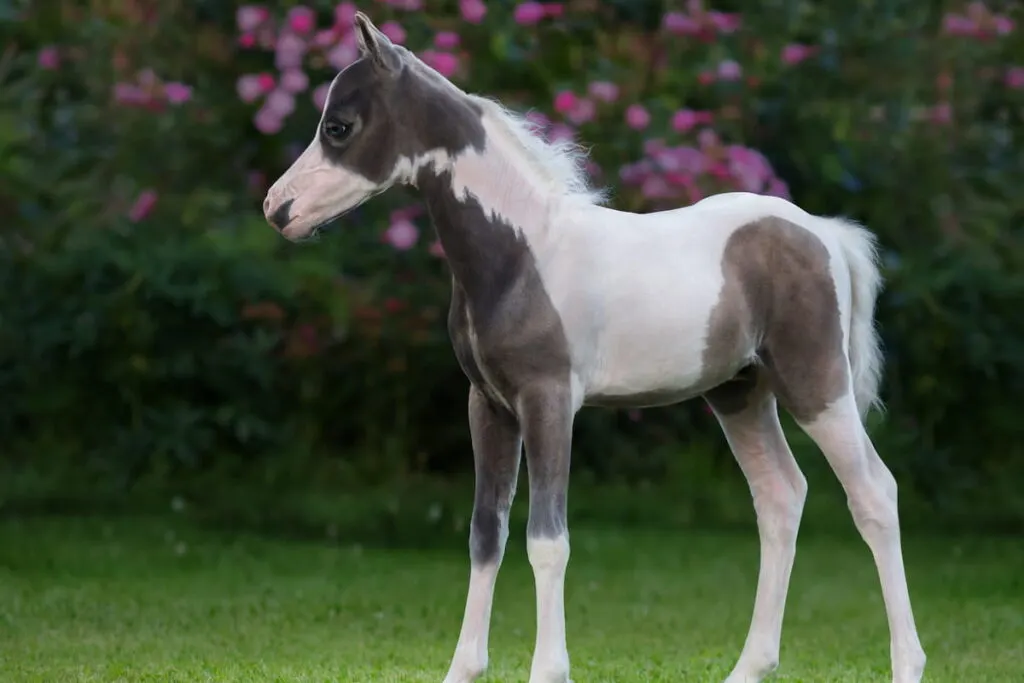
If a Thoroughbred were to accidentally mate with a pony pasture companion, the result could be a slightly shorter Thoroughbred – or a gangly pony with bad legs and a short neck.
On the other hand, many people have strategically bred small Arabian horses to their pony stock to produce lighter-boned animals suitable for equestrian sport.
Even an accidental mutt of a horse could make the perfect companion for someone, regardless of his awkward looks.
Leave horse breeding to the professionals.
An accidental coupling between a horse and a pony in a field is not likely to happen if the owner takes proper precautions. Keeping stallions separated from mares (especially when mares are in heat) is important. It only takes a few minutes to create life, especially when the stallion is determined!
If you’re unsure whether or not it’s safe to breed your horse and your pony, consult your veterinarian for advice. It’s generally best to leave horse breeding to the professionals – for the sake of you and your horse.

